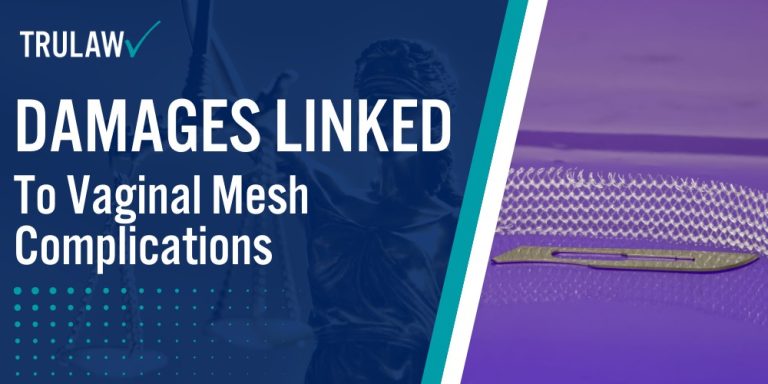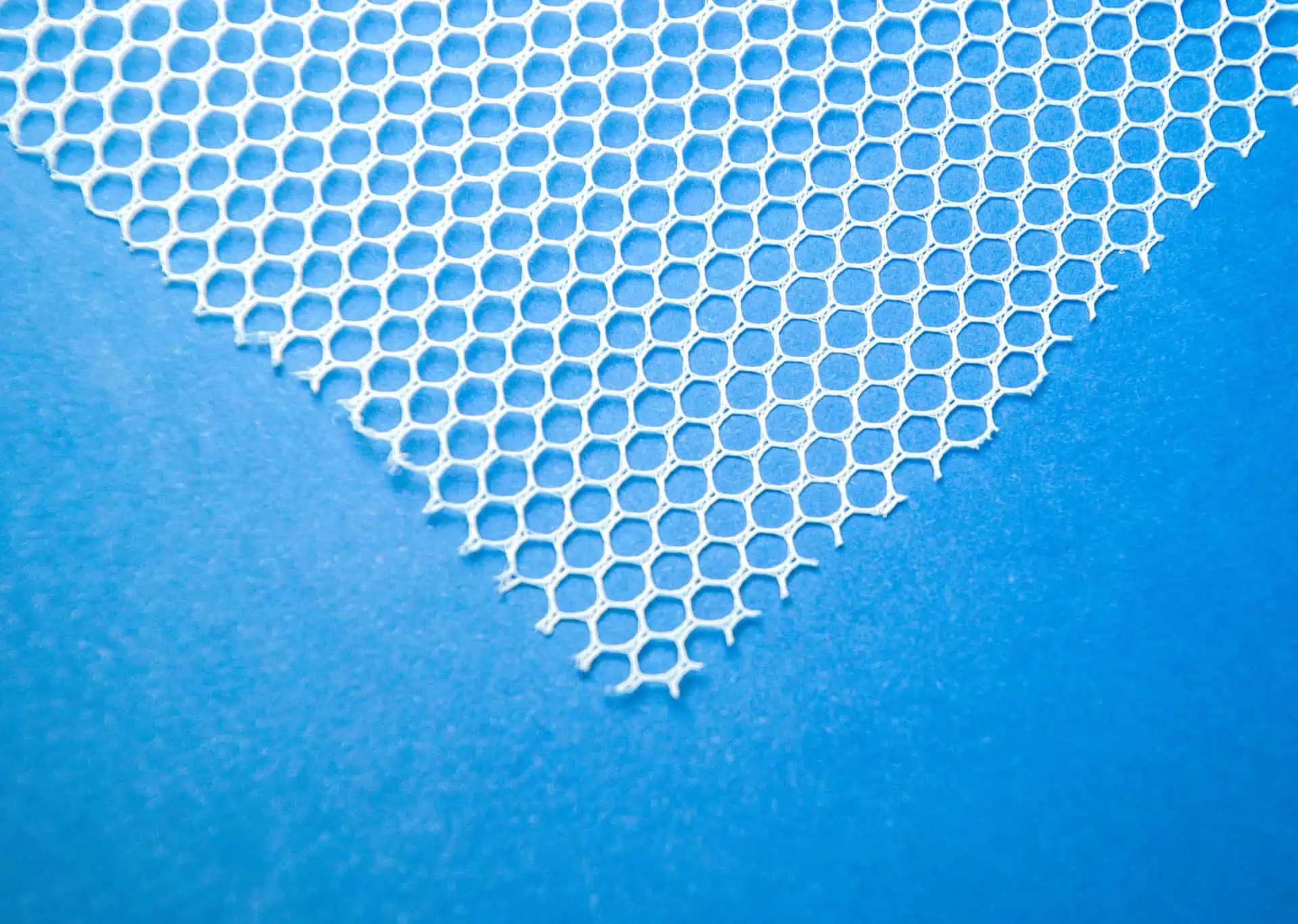Transvaginal mesh litigation recognizes two primary compensation categories: economic damages covering quantifiable financial losses with documentation requirements, and non-economic damages addressing intangible suffering like chronic pain and diminished quality of life.
Successful lawsuits involving mesh sling devices and other transvaginal implants typically combine both damage types to provide comprehensive compensation reflecting the full scope of injuries women endure when these devices fail or cause complications.
Damage calculations in 2025 mesh implant surgery cases benefit from extensive precedent established through over 100,000 previously filed lawsuits, creating clear frameworks for valuing different injury types based on documented medical outcomes and life impacts.
Economic Damages in Mesh Injury Cases
Economic damages represent measurable financial losses backed by tangible documentation including medical bills, surgical invoices, pay stubs, employment records, and receipts for out-of-pocket expenses.
Courts categorize these damages as “special damages” because specific dollar amounts can be calculated with precision, unlike subjective losses such as pain and suffering.
Primary economic damage categories include:
- Past medical expenses already incurred and documented through bills and insurance statements
- Future medical care costs projected using life care plans prepared by medical economic experts
- Lost wages from missed work during treatment and recovery periods
- Reduced earning capacity when permanent limitations impact career advancement or prevent return to previous employment
- Home modifications and medical equipment for severe disability cases requiring accessibility improvements
- Travel expenses for specialist consultations and revision surgeries at distant medical centers
Younger plaintiffs generally receive higher economic damage awards due to longer life expectancy requiring decades of ongoing medical management and greater lost earning potential over remaining work years.
Non-Economic Damages for Pain and Suffering
Non-economic damages compensate intangible losses including physical pain, emotional distress, loss of enjoyment of life, and psychological trauma that cannot be measured with financial documentation.
These damages address the human cost of mesh complications that profoundly alter daily living, personal relationships, and overall wellbeing.
Women may seek compensation for the following non-economic damages stemming from painful mesh complications:
- Chronic pelvic pain syndromes including mesh-associated pain syndrome (MAPS) requiring daily pain management
- Loss of intimacy and marital strain from inability to maintain sexual relationships
- Post-traumatic stress disorder from repeated failed surgeries and medical trauma
- Loss of enjoyment in activities once performed easily before mesh complications developed
- Social isolation and decreased quality of life from constant pain management needs and mobility limitations
Vaginal mesh injury non-economic damages require detailed documentation through medical records, mental health treatment history, patient testimony, spouse testimony, and expert witness testimony about life impact.
These damages often equal or exceed economic damages in severe vaginal mesh surgery injury cases where pain is unrelenting and complications are permanent.
If you or a loved one experienced chronic pain, sexual dysfunction, or mesh erosion after transvaginal mesh surgery, you may be eligible to seek compensation.
Contact TruLaw using the chat on this page to receive an instant case evaluation that can help you determine if you qualify to file a transvaginal mesh lawsuit today.


